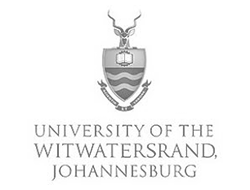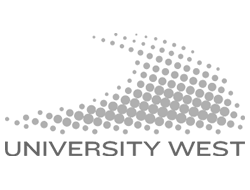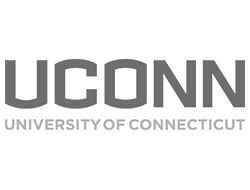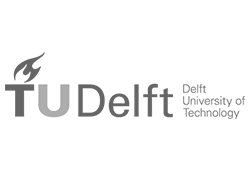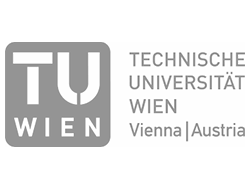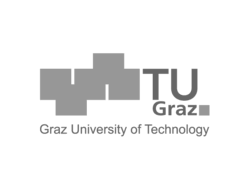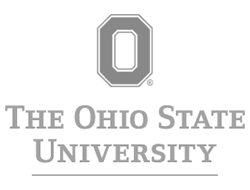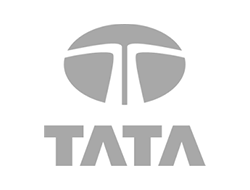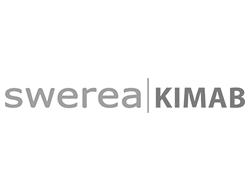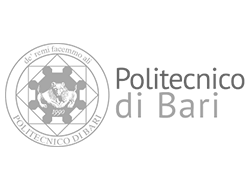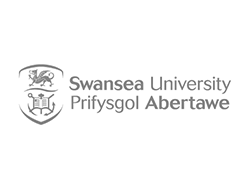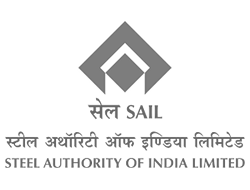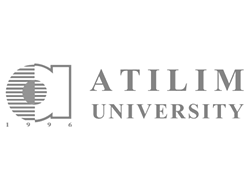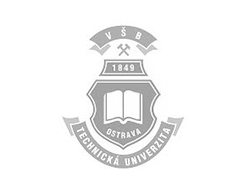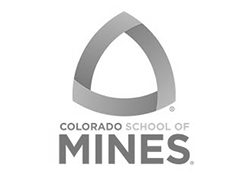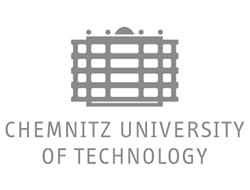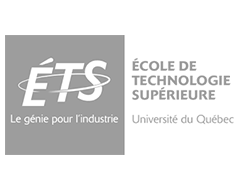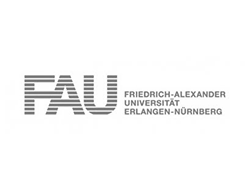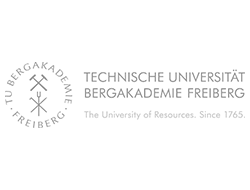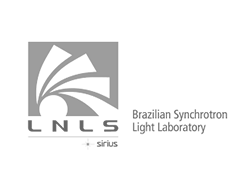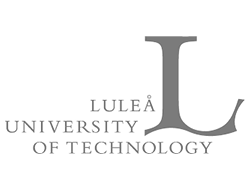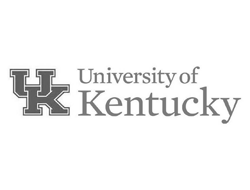Dofasco
Dofasco Inc., an integrated steel maker headquartered in Hamilton, Ontario, Canada, produces flat-rolled steel mainly for the automotive industry. John Worobec, Senior Research Engineer — Thermal/Mechanical Simulation, works in the research and development department and focuses on solving production problems.
In 1983, Dofasco brought a new hot rolling mill on line to roll HSLA steel. "If it isn't done right, HSLA can produce a lot of weird microstructures," Worobec says. "One of the reasons we bought a Gleeble 1500 was to determine the hot rolling characteristics of our steels. The essential question was: how do our bread and butter products transform during the hot rolling process?"
"Most of our initial work with the Gleeble was to develop CCT (continuous cooling transformation) diagrams for 11 typical grades of steel. We were able to tell the hot rolling people where their finishing and coiling temperatures should be in order to produce uniform mechanical properties, particularly for automotive applications. We were also able to tell them they need very low cooling rates to avoid intermediate structures," Worobec says, adding: "We still produce CCTs for any new material we make."
He reports, "Unfortunately, we also had to tell them 'You're never going to make your critical cooling rate with the rolling mill in its initial configuration.' They had to extend the hot rolling table at a cost of $50 million. Now Dofasco has two run out tables one short, one long. We are concentrating on making high-end products HSLA stuff. It's very difficult to make, but that's where the big money is."
Prudently, anytime Dofasco is getting ready to make a new steel, small quantities are produced in a pilot vacuum induction furnace. Worobec and his colleagues take samples of the new steel and use the Gleeble to determine what the hot rolling characteristics need to be.
Worobec also measures the flow stress characteristics of various steels. "We start with a slug-type sample and compress it. We use tantalum foil to reduce friction when the sample spreads under compression. As a check, we also have taken some of the sample materials and done the same work on a torsion tester. The results produced by the two different machines are very close. The Gleeble, which is equipped with a data acquisition system, produces good true stress/true strain curves for us," Worobec says.
Another problem Worobec attacked with the Gleeble was occasional surface complaints — cracking on the slab at the slabber or the rougher. Trying to find out at what temperature cracking was occurring, Worobec did a gross ductility test. Then he began using the Suzuki method of continuous casting simulation on the Gleeble.
With this technique, Worobec was able to tell the people in charge of Dofasco's caster what critical temperatures they must avoid when the continuously cast slab is going from the vertical to the horizontal position. Now when Dofasco is going to cast an unknown chemistry, they can produce it in the induction furnace, then simulate continuous casting and hot rolling for that material on the Gleeble.
The Gleeble has also proved useful in optimizing Dofasco's galvanneal lines. Worobec reports, "We had to produce operating windows not too hot or the coating would powder, and not too cold or the coating won't alloy the steel underneath."
To do that, Worobec worked closely with DSI to develop the strip annealing set-up, including the invention of an improved quench cooling system. The effort has proved highly successful for Dofasco, according to Worobec. "Now, we can tell the annealing people 'keep the process within these parameters and you'll produce good product all the time.' Frequently we run into the problem that the instrumentation on the Gleeble is more precise than that on the production line, and sometimes we use the Gleeble to calibrate on-line instrumentation."
There are additional benefits for Worobec in doing strip annealing testing on the Gleeble. "The sample is a strip two inches wide by a foot long — we can punch out two tensile tests from an annealed sample and measure the physical properties: strength, elongation, hardness, all from one test sample. It's very convenient and efficient, much cheaper than running a trial coil through the mill."
The Gleeble tests also impact the bottom line directly. Using the test results generated by the Gleeble, Dofasco can also realize energy savings by not running the annealing lines too hot. The potential savings from optimizing the line is in the millions of dollars -- in saved money on heating costs and in preventing the production of product that would have to be scrapped because it doesn't meet Dofasco's high quality standards.
This article first appeared in the Gleeble® Newsletter — Summer 1995.




